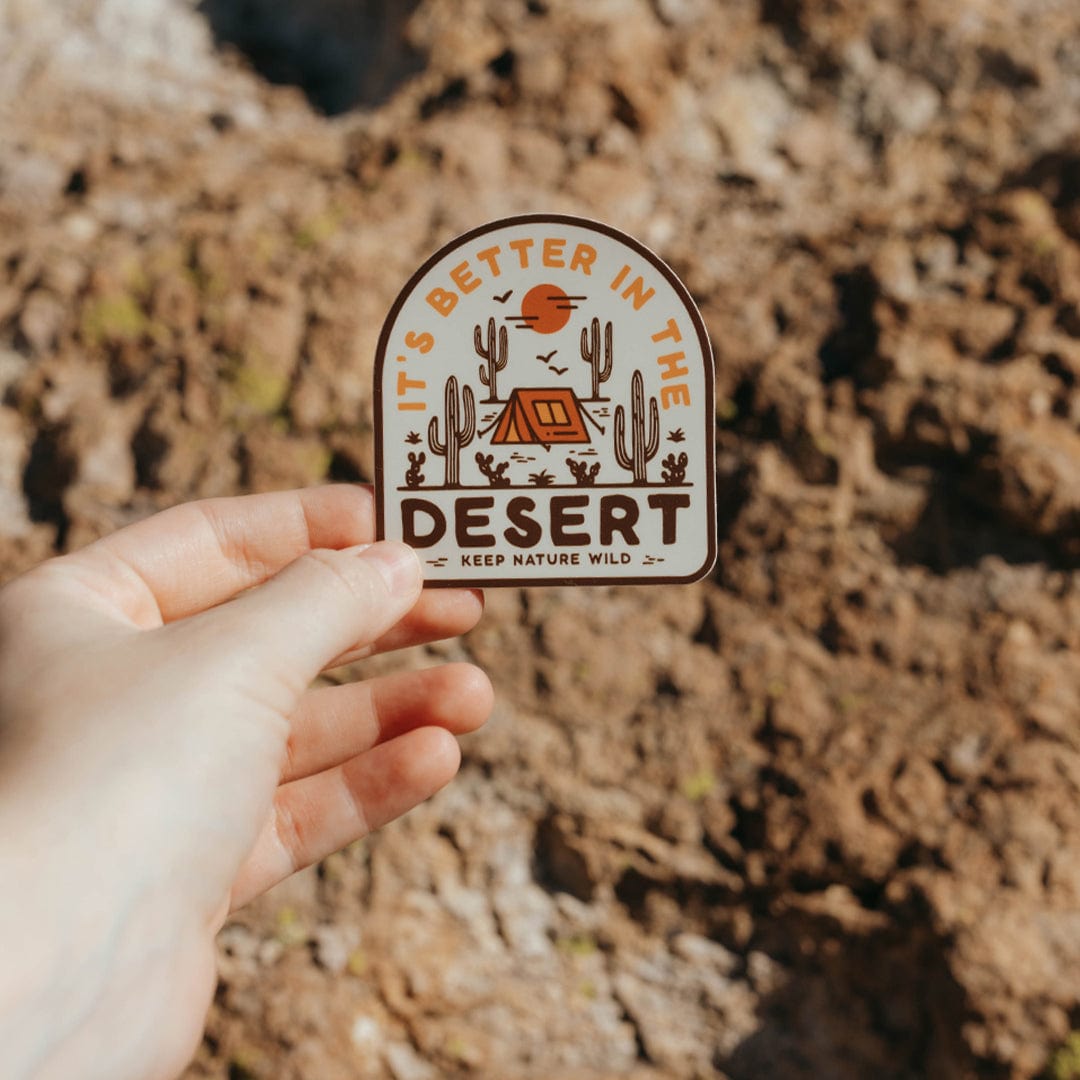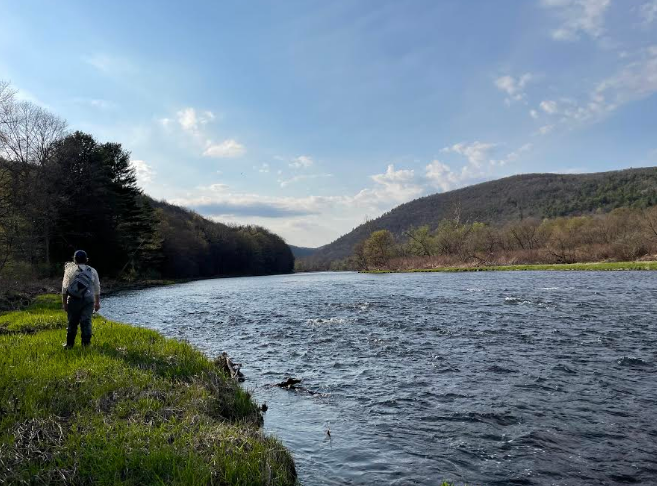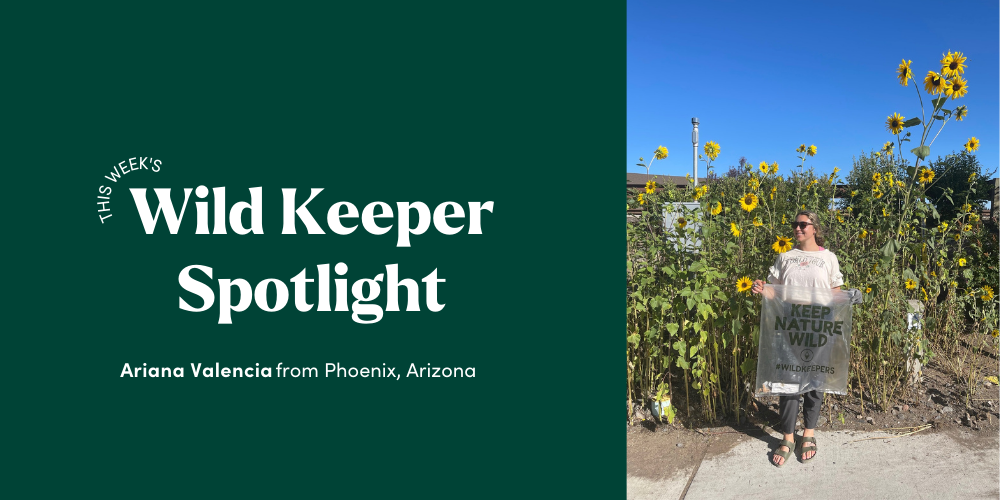One of the hidden benefits of traveling to Las Vegas is the numerous outdoor activities waiting to be explored. The nearby Lake Mead (just 24 miles east of Vegas) is no exception and boasts year-round outdoor recreation.
Each year over 7 million visitors flock to the Lake Mead area to enjoy the breathtaking scenery, race around on a jet boat, take a dip in the refreshing waters or hike across the beautiful desert landscapes.
The area’s 1.5 million acres of land offers something for all ages to explore and enjoy including canyons, lakes, valleys and mountains. One of the most popular ways to see this area is via foot. Try these hikes favored by locals:

- Historic Rail Road Trail
- Difficulty: easy
- Distance: 7.5 miles round trip
- Duration: 3 to 4 hours
- Accessible: October - May
This popular out and back trail follows the southern coastline of Lake Mead while traversing through six historic tunnels carved in the rock during the 1930s to aid in the construction of the nearby Hoover Dam.
The Historic Rail Road Trail can be accessed just outside the boundaries of Lake Mead National Park making this beautiful hike free of charge. You can walk, bike, run or push a stroller along this flat and wide trail. Learn about the history of the area and spend some time at the magnificent Hoover Dam at the end of the trail.

2. Owl Canyon
- Difficulty: moderate
- Distance: 2.2 miles round trip
- Duration: 2 to 3 hours
- Accessible: Year-round
This hidden gem is found within the Lake Mead National Conversation area and boasts expansive views of Lake Mead, a beautiful slot canyon and the chance to see local owls that roost on the towering rock formations.
Once hidden under Lake Mead, the slot canyons have been uncovered over time as water levels in the area have dropped. Keep your eye out for the white sea shells that dot the landscape.
This moderate hike includes a small amount of scrambling, seasonal water flow and many areas to explore off-trail.

3. Liberty Bell Arch and Colorado Overlook
- Difficulty: strenuous
- Distance: 5.1 miles round trip (including Colorado Overlook)
- Duration: 3 to 4 hours
- Accessible: Oct 1- May 15
While this hike is more difficult with rough terrain and a decent incline, the view of the Liberty Bell Arch is well worth the trek. It’s even better when adding the extra distance to the Colorado Overlook.
The Liberty Bell Arch trail is accessible during the cooler months of the year and takes you past a historic mining area before arriving at a large natural arch in the mountainside shaped like a large bell. Continuing on past the bell leads to the Colorado Overlook which boasts views of the scenic Colorado River resting 1,000 feet down below in Black Canyon. Enjoy a well-deserved lunch at this scenic spot on this must-see hike in the area.
4. Goldstrike Canyon and Hot Springs
- Difficulty: very strenuous
- Distance: 6.0 miles
- Duration: 4 to 5 hours
- Accessible: Oct 1 – May 15
Perfect for the explorer that seeks more of a challenge, the Goldstrike trail includes rock climbing and class 3 scrambling down several sections of fixed ropes to reach the shores of the Colorado River and the coveted Goldstrike Hot Springs.
Hikers will enjoy the varied terrain of the trail, the beautiful views of canyons surrounding the Colorado river, and a refreshing dip in one of the three soaking pools along on the route. We recommend leaving your furry one at home for this trail and pack your best climbing shoes as it’s sure to be an epic day.

The Vanishing Lake
While Lake Mead is a phenomenal recreational area, it also serves as a critical piece of infrastructure that supplies clean drinking water to over 40 million people across seven states and northern Mexico.
Lake Mead was originally formed back in 1936 after the finalization of the construction of Hoover Dam. The dam was created to supply power to local residents, control the flooding of the Colorado River and provide both agricultural irrigation and domestic water to thousands.
In fact, Lake Mead holds the record for the largest reservoir capacity in the United States.
But this magnificent wonder is under threat by severe drought and excess water usage. Today, it’s only 35% full and at the lowest level ever since 1937 when the lake was still being filled.

Visitors today will be astonished at the level to which the water level has dropped, revealing a tan line in the canyon area referred to as a “bathtub ring.”
The historic lows have triggered the first ever official shortage, calling for a reduction of water usage in 2022 throughout the Southwest. While experts scramble to find a solution for this deepening crisis, we can all do our part to help conserve this precious resource and preserve the Lake Mead Recreational Area for generations to come.
We need your help!
The EPA (Environmental Protection Agency) is doing their part to help conserve water and you can help too! Learn more about their special WaterSense program and help conserve water today. Here’s a few tips to get you started:
Water Saving Tips
- Shorter showers
- Turn off the water while you’re brushing your teeth
- Water your lawn only when it needs it
- Wash only full loads of clothes and dishes
- Plant drought-resistant trees and plants
Additional reading on the drought we’re facing:
Meet the Authors:
Hi! We’re Sarah & Brian, from Traveling Mooses. We love traveling like locals, hiking, and exploring all the world has to offer in its natural form. You can follow our antics on Instagram @travellingmooses or read more on our blog TravelingMooses.com.







Leave a comment
All comments are moderated before being published.
This site is protected by hCaptcha and the hCaptcha Privacy Policy and Terms of Service apply.